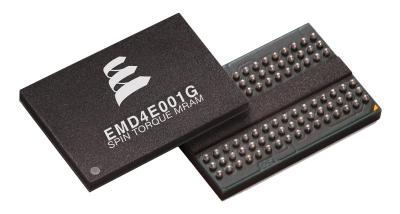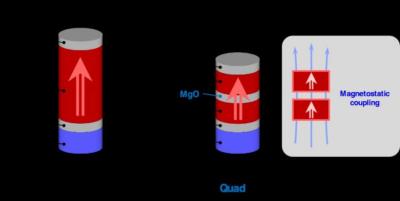The best of 2020 - top MRAM stories
2020 is soon over - and many in the world are really happy about that and hope that 2021 will bring the COVID-19 pandemic to an end. The entire world was effected, including the MRAM industry, although it seems as if the fast pace of research and development continues.
Here are the top 10 stories posted on MRAM-Info in 2020, ranked by popularity (i.e. how many people read the story):
- Antiferromagnetic STT-MRAM technology enables efficient and dense memory (Feb 21)
- GlobalFoundries starts producing eMRAM solutions (Feb 29)
- Hprobe raises over 2 million Euros (Feb 6)
- Everspin reports its Q4 2019 financial results (Mar 13)
- Everspin and Globalfoundries extend their MRAM agreement to 12 nm (Mar 12)
- Chalcogenide materials can be highly suitable for SOT-MRAM (Feb 18)
- Everspin announced a restructuring plan to reduced expense (Jan 16)
- Researchers identify the semimetal MoTe2 as a promising MRAM material (Feb 6)
- Avalanche's Serial P-SRAM STT-MRAM memory devices are now shipping (Sep 29)
- New research may hold the key towards antiferromagnetic MRAM (May 13)


